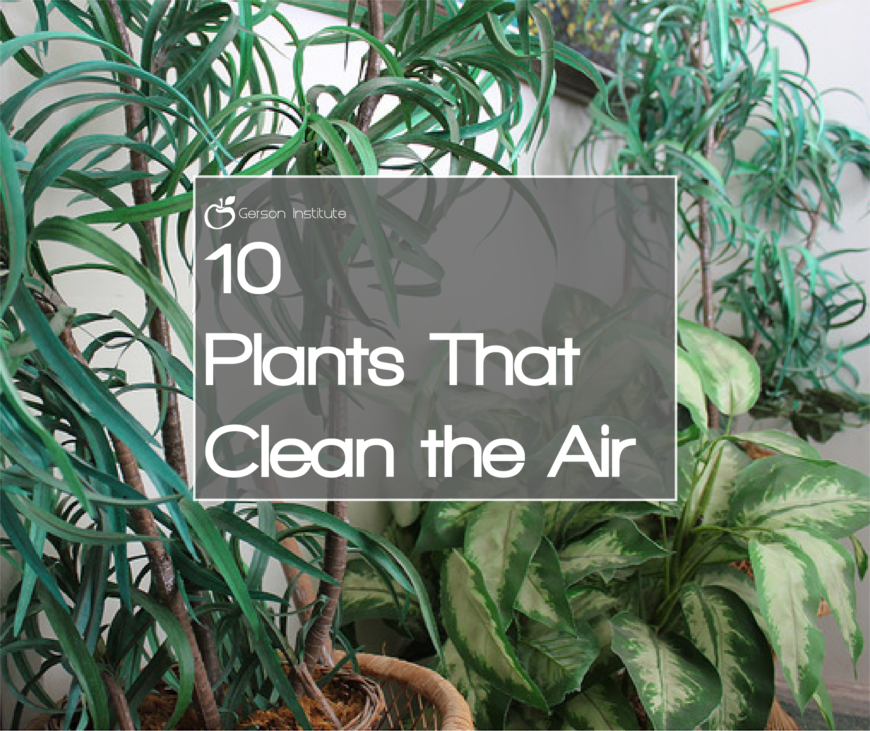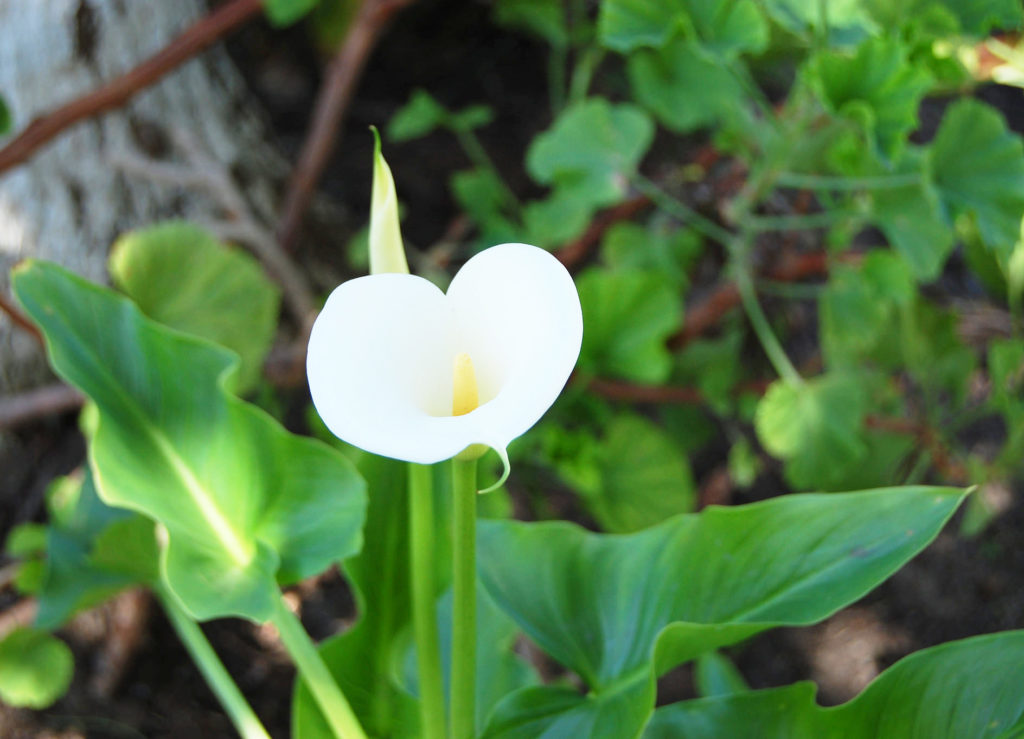
We are surrounded by a wide variety of unexpected air pollutants. Pollutants such as benzene from cigarette smoke, copy machine fumes, cleaning compounds, paints and formaldehyde from carpeting, drapes and particle board in furniture can create a condition called “sick building syndrome.” Some individuals notice that flu-like symptoms (dizzy, irritable, tired, burning eyes) disappear when they are away from the building for a day or two but return when they come back to work, or even their own home. This is due to the “off-gassing” of materials that contain these pollutants. Interestingly, there are many plants that are capable of filtering these common air pollutants and can reduce the occurrence of “sick building syndrome.”
What Are Common Air Pollutants?
The United States’ Environmental Protection Agency (EPA) states that the following pollutants are the most common: ozone, particulate matter, nitrogen oxides, sulfur dioxide and lead. However, four more pollutants are making their way into everyday life as well: trichloroethylene, benzene, formaldehyde and carbon monoxide.
- Trichloroethylene is a nonflammable colorless liquid and is released into the atmosphere through use as an extraction solvent for grease, oil, wax, fat and tar. It is found in consumer products such as paint removers, adhesives, spot removers and “white-out” correction fluids. Inhalation of trichloroethylene can affect the central nervous system due to its toxicity. Symptoms such as fatigue, headache, confusion and sleepiness, have been observed.
- Benzene is produced from burning coal, oil and gasoline. It is also commonly found in glue, paint, plastics and detergent. Inhalation can cause dizziness, headaches, and drowsiness in the short term. Long term inhalation can cause blood disorders, reproductive issues and increased incidence of leukemia. The EPA classifies benzene as a known human carcinogen from all routes of exposure.
- Formaldehyde is a colorless, flammable, strong-smelling chemical used in building materials and many household products. It is used primarily in the production of particleboard, glues, paper product coating and insulation materials. It can also be used as a fungicide, germicide, disinfectant and preservative. Cleaning products, toilet paper, tissues and personal care products also contain formaldehyde. Short-term health effects of formaldehyde exposure include watery or burning eyes, coughing, wheezing, nausea and skin irritation. The EPA has classified formaldehyde as a probable human carcinogen after prolonged exposure.
- Carbon monoxide is an odorless, colorless and toxic gas. Sources of carbon monoxide include unvented kerosene and gas space heaters, gas water heaters, wood stoves, fireplaces, gasoline-powered equipment, exhaust from automobiles and tobacco smoke. Limited exposure to carbon monoxide can cause headaches, dizziness, disorientation, nausea and fatigue.
Considering that most everyone is exposed to at least one, or possibly all of these pollutants every day, there must be some way to filter them from the air. Luckily there are many different plants that do just that.
What Plants Filter Pollutants?
Most plants are capable of filtering air pollutants. Below are some of the most effective:
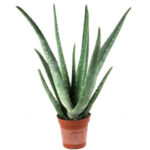
1. Aloe removes formaldehyde and benzene, and its gel can be used to heal cuts and burns.
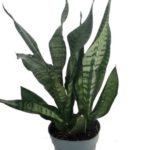
2. Snake plant (Sansevieria trifasciata ‘Laurentii’), also called mother in law’s tongue, will remove formaldehyde.

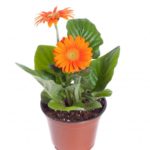 3. Chrysanthemum (Chrysantheium morifolium), Gerber daisy (Gerbera jamesonii) and tulips will remove trichloroethylene and benzene. These three plants will produce attractive flowers adding color and beauty to any area.
3. Chrysanthemum (Chrysantheium morifolium), Gerber daisy (Gerbera jamesonii) and tulips will remove trichloroethylene and benzene. These three plants will produce attractive flowers adding color and beauty to any area.
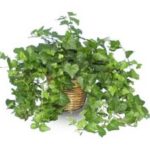
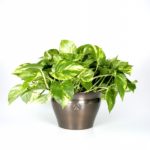
4. English Ivy and golden pothos (Scindapsus aures) will remove formaldehyde and are ideal for hanging pots due to their vine like structure. These plants require limited maintenance so they are perfect for those without a green thumb.
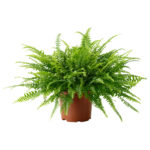
5. Boston Fern (Nephrolepis exaltata Bostoniensis) acts as a natural air humidifier, removes formaldahyde and is a general air purifier. It is thought to be among the best in air purifying houseplants.

6. Red-edged dracaena (Dracaena marginata) removes xylene, trichloroethylene and formaldehyde.
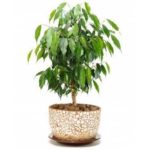
7. Weeping fig (Ficus benjamina) also removes xylene, trichloroethylene, formaldehyde and benzene.
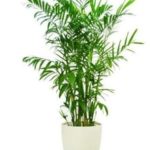
8. Bamboo palm (Chamaedorea sefritzii) removes benzene and trichloroethylene. A bamboo palm plant can fit into small places and is a wonderful humidifier.
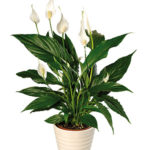
9. Peace lilies (Spathiphyllum) are capable of removing formaldehyde, benzene, trichloroethylene and toluene xylene from the air, making it extremely efficient. This plant is visually appealing due to its unique white flowers; however it is highly toxic so it is best to keep it away and out of reach of children and animal companions.
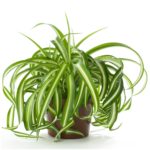
10. Spider plants (Chlorophytum comosum) remove benzene, formaldehyde, carbon monoxide and xylene. It is non-toxic and safe for animal companions. A single spider plant can effectively filter a room of 200 square feet.
Ideally, removing the source of the air pollutant is a first step in limiting exposure. In cases where removal of toxic substances or pollutants is not possible, addition of air purifying plants is a beneficial option. It is recommended that there be at least one plant per 100 square feet of home or office space for optimal air filtration.
Due to the increased amount of air pollutants in the air we breathe and the known human carcinogenic risk of these pollutants, air filtering plants are a viable option to combating these noxious toxins. With plants’ overwhelming ability to filter pollutants from the air, everyone should have at least one or two in their living and working space to reduce the incidence of “sick building syndrome” and improve overall air quality.
Learn more about non-toxic home set-up for the Gerson Therapy in
GERSON BASICS ONLINE
References:
Trichloroethylene. United States Environmental Protection Agency. 18 October 2013. Web. 20 May 2015.
Benzene. United States Environment Protection Agency. 18 October 2013. Web. 20 May 2015.
Sumedha, M. J., The sick building syndrome. Indian J Occup Environ Med.; 12(2): 61–64. August 2008. Web. 20 May 2015.
15 houseplants for improving indoor air quality. Mother Nature Network.
What Are the Six Common Air Pollutants? United States Environmental Protection Agency. 22 December 2014. Web. 20 May 2015.
Main, E., Natural Air Cleaners. Rodale’s Organic Life. 2 April 2015. Web. 20 May 2015.
Wolverton, B. C. and J. D. Wolverton. Plants and soil microorganisms: removal of formaldehyde, xylene, and ammonia from the indoor environment. Journal of the Mississippi Academy of Sciences 38(2), 11-15. 1993. Web. 20 May 2015.
Orwell, R.; Wood, R.; Tarran, J.; Torpy, F.; Burchett, M. Removal of Benzene by the Indoor Plant/Substrate Microcosm and Implications for Air Quality. Water, Air, and Soil Pollution 157 (1-4): 193–207. 2004. Web. 20 May 2015.
Educational articles like this are made possible with the help of your donations. Help us continue the legacy of Dr. Max Gerson, his daughter Charlotte Gerson, and the thousands of Gerson Persons who rely on the Gerson Institute for vital educational materials and training.
This article originally appeared in the Summer 2015 issue of Healing News
Article written by Taylor Oliver
Post by Nicole Ferrer


